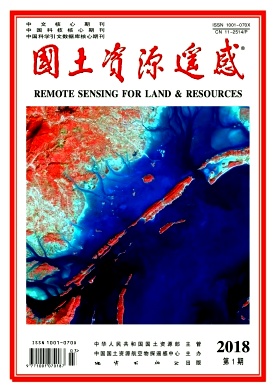ZHANG Yuting, ZHANG Zhenfei, ZHANG Zhi. Remote sensing study of vegetation coverage during the period 1992—2014 in Dananhu desert area, Xinjiang[J]. Remote Sensing for Natural Resources, 2018, (1): 187-195. doi: 10.6046/gtzyyg.2018.01.26
| Citation: |
ZHANG Yuting, ZHANG Zhenfei, ZHANG Zhi. Remote sensing study of vegetation coverage during the period 1992—2014 in Dananhu desert area, Xinjiang[J]. Remote Sensing for Natural Resources, 2018, (1): 187-195. doi: 10.6046/gtzyyg.2018.01.26
|
Remote sensing study of vegetation coverage during the period 1992—2014 in Dananhu desert area, Xinjiang
-
Abstract
The Dananhu district in Hami of Xinjiang is a typical gobi desert in Northwest China. In this paper,the authors investigated the temporal-spatial variations of the natural vegetation coverage during 1992―2014 in this region,using correlation analyses and dimidiate pixel model based on the multi-spectral remote sensing data,the local meteorological data,and the digital elevation model. The results show that, from 1992 to 2014, vegetation coverage in the region showed a trend of increase. Generally the vegetation coverage is weakly positively correlated to elevation;locally,however,the plants(mainly juniper tamarisk,haloxylon ammodendron,and reed) are more developed in the relatively depressed localities (saline areas or sandy dry riverbeds) than those in Gobi desert areas. The vegetation coverage is positively correlated to the sunshine duration and evaporation, but unrelated to precipitation and humidity. It is suggested that the natural plants in this regions live on groundwater mainly. The global temperature increasing during 1992 -2014 might to some extent promote, instead of retard, the natural vegetation,probably through enhancing the groundwater supply due to glacier melting at nearby mountains.
-

-
-
Access History







 DownLoad:
DownLoad: